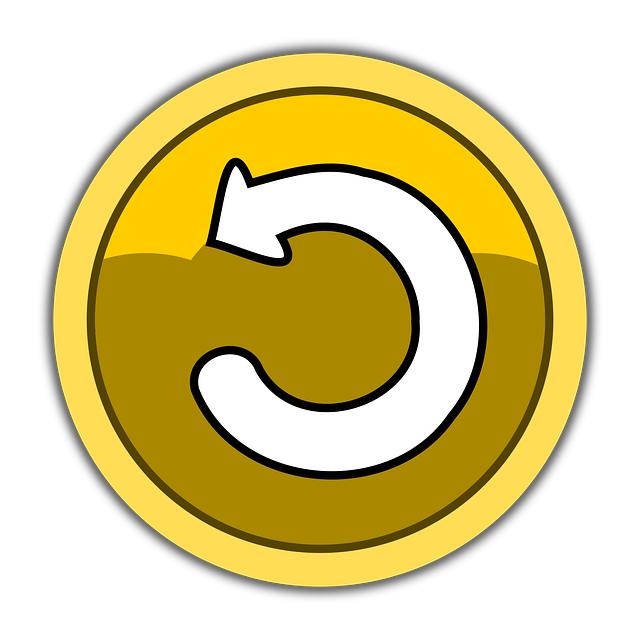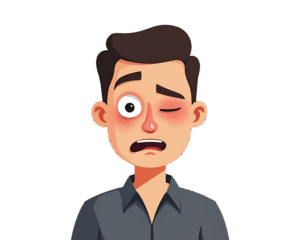Acupuncture, an ancient Chinese practice, has gained global recognition as a natural remedy for various conditions, particularly managing pain like back and neck pain, sciatica, and migraines. By targeting specific body points or acupoints connected through energy pathways to the brain, acupuncture releases natural painkillers and reduces inflammation. This non-invasive approach offers a safe alternative to opioids, with numerous studies demonstrating its effectiveness in addressing different types of pain. Choosing the right acupuncturist with relevant qualifications and experience is crucial for optimal treatment outcomes, along with prioritizing hygiene and safety in the treatment environment.
Looking for effective, drug-free pain relief? Acupuncture could be your answer. This ancient practice, with roots in traditional Chinese medicine, has gained significant popularity worldwide due to its ability to alleviate various types of pain, including back and neck discomfort. With a growing body of scientific evidence supporting its effectiveness, acupuncture offers a safe and natural alternative for those seeking to bid farewell to chronic pain and enhance their overall well-being.
In this comprehensive guide, we’ll explore the historical background, underlying mechanisms, and modern applications of acupuncture, focusing on its role as a powerful tool for managing back pain, neck stiffness, and other common conditions.
- Understanding Acupuncture: A Historical Perspective on Its Origin and Growth in Popularity
- How Acupuncture Works for Pain Relief: Unlocking the Body's Natural Healing Mechanisms
- The Science Behind Acupuncture: Neurological Evidence Supporting Its Efficacy for Chronic Pain
- Targeting Specific Conditions: Acupuncture as a Drug-Free Solution for Back, Neck, and Joint Pain
- Benefits Beyond Pain Relief: Exploring Acupuncture's Impact on Overall Well-being and Quality of Life
- Choosing the Right Practitioner: Tips for Selecting a Qualified Acupuncturist for Effective Treatment
Understanding Acupuncture: A Historical Perspective on Its Origin and Growth in Popularity

Acupuncture, an ancient practice with its roots in traditional Chinese medicine, has evolved into a widely recognized and sought-after alternative therapy for various ailments, particularly when it comes to managing pain. This holistic approach to healing has gained immense popularity worldwide due to its effectiveness in treating not only back and neck pain but also other conditions like sciatica and migraines.
Historically, acupuncture’s origins can be traced back thousands of years, with evidence suggesting its use in ancient China for both medicinal and ritual purposes. Over time, this practice refined and spread, finding its place as a significant component of traditional Chinese medicine. The world has witnessed a surge in interest in acupuncture, especially in recent decades, as individuals seek natural remedies for pain relief without relying on pharmaceuticals. This growing popularity is driven by increasing awareness of the benefits of drug-free inflammation treatment and the desire to explore alternative healing methods.
How Acupuncture Works for Pain Relief: Unlocking the Body's Natural Healing Mechanisms

Acupuncture for back pain and other chronic conditions works by stimulating specific points on the body, known as acupoints. These points are connected through pathways that serve as communication lines between the body and brain, allowing for the release of chemicals that act as natural painkillers and reduce inflammation. By unblocking these energy channels, acupuncture promotes the body’s natural healing mechanisms, providing effective relief from pain without relying on medications.
In addition to its benefits for back pain, acupuncture has also shown promise in treating other conditions such as migraine headaches and inflammation. Non-opioid pain relief methods like acupuncture offer a safe and holistic alternative, helping individuals avoid the side effects and risks associated with long-term opioid use.
The Science Behind Acupuncture: Neurological Evidence Supporting Its Efficacy for Chronic Pain

Acupuncture for back pain has gained significant attention due to its non-invasive and natural approach to managing chronic pain. The science behind acupuncture reveals a complex interplay between needles inserted at specific points on the body and the nervous system. Research has shown that acupuncture can modulate pain signals in the brain and spinal cord, offering effective relief for conditions like sciatica acupuncture (a common form of joint pain therapy).
The neurological evidence supporting acupuncture’s efficacy for chronic pain is compelling. Studies have demonstrated that acupuncture stimulates the release of endorphins, natural painkillers produced by the body, which can reduce both the perception and intensity of pain. Additionally, acupuncture has been shown to increase blood flow to affected areas, promoting healing and reducing inflammation. These mechanisms contribute to its success in treating not just back pain, but also neck pain and other forms of chronic joint pain, providing individuals with a safe and drug-free pain relief alternative.
Targeting Specific Conditions: Acupuncture as a Drug-Free Solution for Back, Neck, and Joint Pain

Acupuncture offers a targeted approach to managing specific conditions like back and neck pain, providing an effective drug-free solution for those seeking alternative treatments. By stimulating specific points on the body, acupuncture promotes natural healing processes, aiming to alleviate pain and reduce inflammation. This ancient practice has gained recognition for its ability to address joint pain therapy without relying on opioids or other medications. Many individuals are turning to acupuncture as a safe and holistic way to find relief from chronic back and neck pain, ensuring they can move with reduced discomfort.
For conditions like back and joint pain, acupuncture treatments can be tailored to target specific acupressure points, providing a personalized approach to care. This non-opioid pain relief method has shown promise in numerous studies, demonstrating its effectiveness in managing various types of pain. By tapping into the body’s natural healing mechanisms, acupuncture offers a gentle yet powerful tool for those looking to escape the cycle of pain and dependency on pharmaceutical interventions.
Benefits Beyond Pain Relief: Exploring Acupuncture's Impact on Overall Well-being and Quality of Life

Acupuncture offers a multifaceted approach to wellness, going beyond mere pain management for conditions like back pain and sciatica. By stimulating specific points on the body, this ancient practice can have profound effects on overall well-being. Research suggests that acupuncture is an effective inflammation treatment, helping to reduce swelling and promote natural healing processes within the body. Beyond physical symptoms, it can also alleviate stress, anxiety, and depression, contributing to improved mental health and quality of life.
For individuals seeking a holistic joint pain therapy, acupuncture provides a non-invasive alternative. By addressing the root causes of discomfort, rather than merely masking symptoms, acupuncture can help restore mobility and flexibility. As a result, many people report increased energy levels, better sleep, and an enhanced ability to engage in daily activities without the limiting factors of chronic pain. This holistic approach makes acupuncture an attractive option for those looking to reclaim their active lifestyles drug-free.
Choosing the Right Practitioner: Tips for Selecting a Qualified Acupuncturist for Effective Treatment

Choosing the right practitioner is a crucial step when considering acupuncture for back pain or other forms of chronic pain. Look for qualified and licensed acupuncturists who have extensive experience treating various conditions, including joint pain therapy and migraine acupuncture. Check their certifications from reputable organizations to ensure they meet industry standards.
Reputation and reviews matter too. Ask for recommendations from friends or family members who have had successful treatment for back pain or similar issues. Online reviews can also provide valuable insights into the acupuncturist’s skills, professionalism, and patient care. Ensure they maintain a clean and safe treatment environment, as hygiene is essential for non-opioid pain relief.
